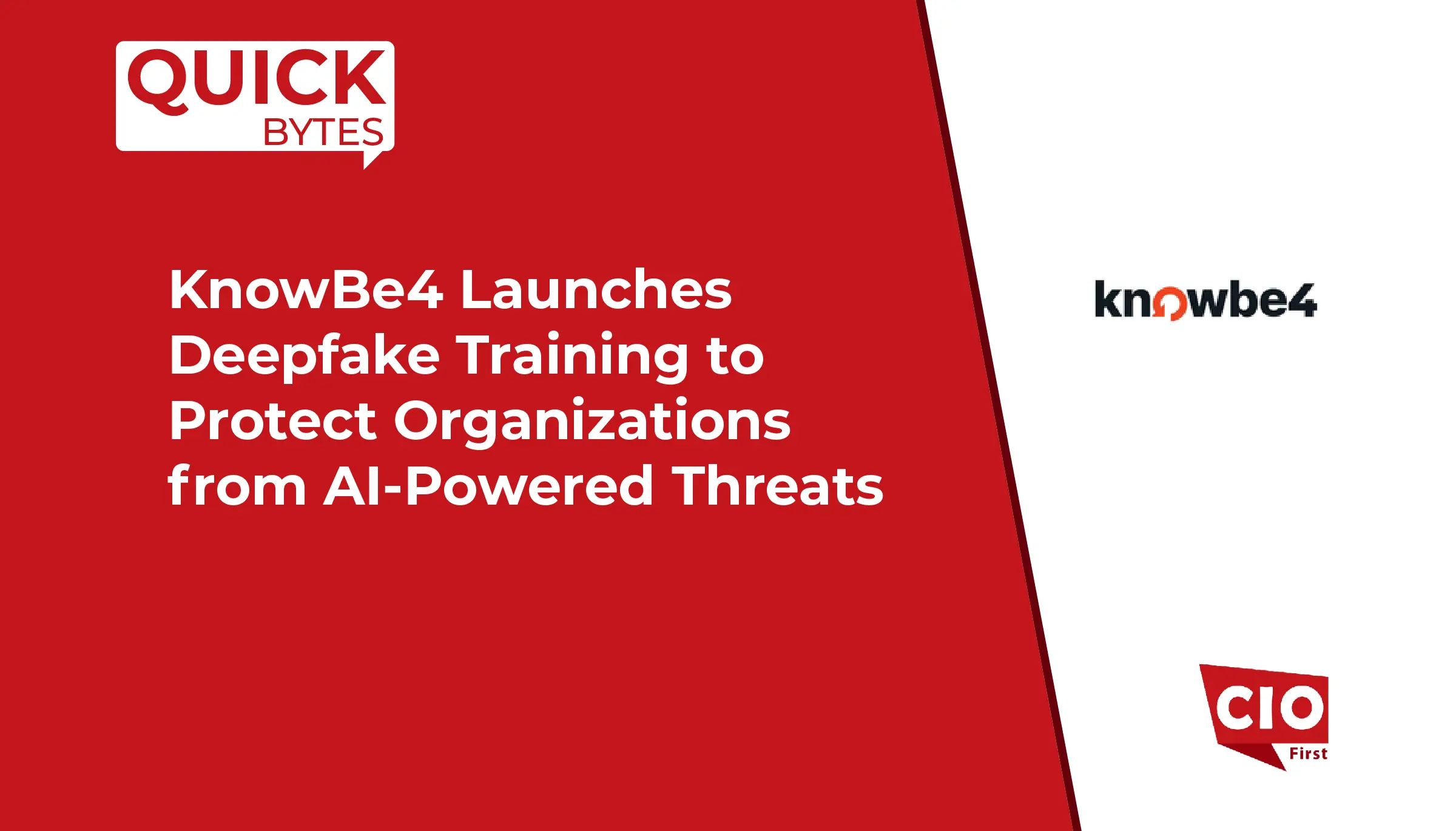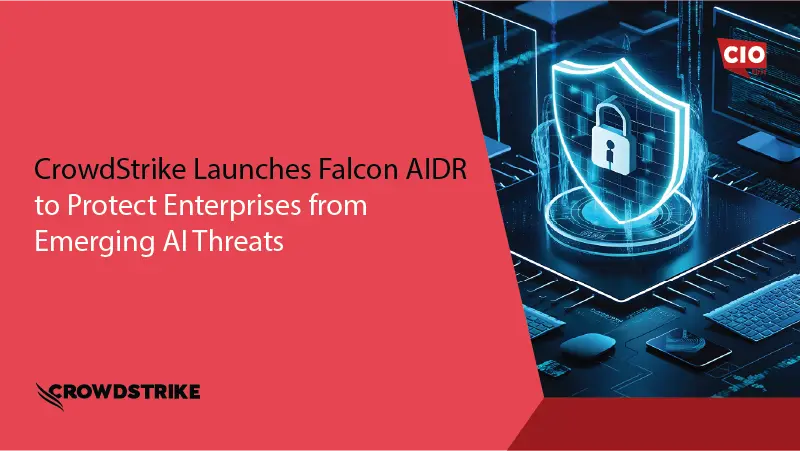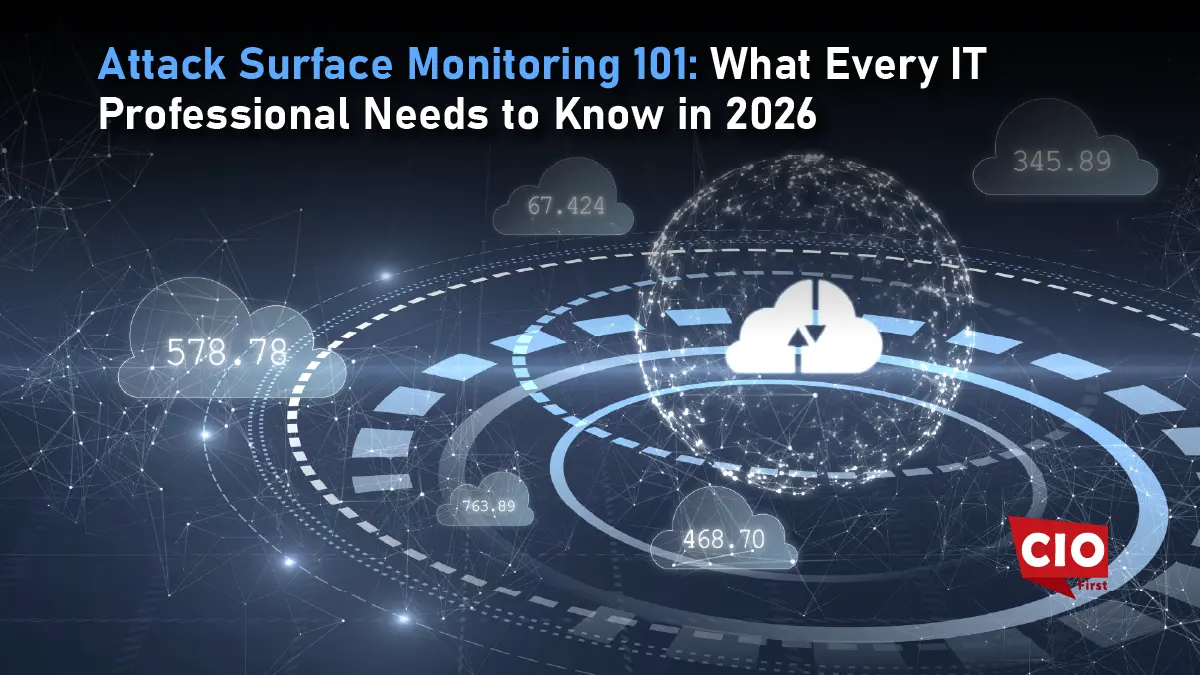The way networks work has changed a lot. Today’s companies are not limited to clear boundaries anymore. Digital perimeter has become a lot larger and complicated due to the use of cloud systems, IoT devices and remote working. With more assets, more connections, and more entry points for attackers it just the traditional defenses are not enough anymore. Firewalls and periodic scans cannot catch everything.
Attack surface monitoring helps teams see all of this. It is a proactive and continuous process. ASM discovers assets, checks for risks, and helps teams act before problems happen. It gives visibility that older tools cannot provide.
To understand how fast things move, Microsoft processes over 100 trillion security signals every day. That is how many potential threats there are to deal with. This shows the scale of the problem. Without continuous monitoring, it is easy to miss risks. In the year 2026, attack surface monitoring becomes of great importance. It not only assists teams in managing the risk but also in making the security stronger and in advancing the attackers’ techniques in a constantly changing world.
The Imperative for Continuous Monitoring
The messy truth about modern security is that most teams are fighting blind, and the perimeter they assume they’re protecting doesn’t even exist in that neat shape anymore. Cloud platforms keep expanding, and every new SaaS tool arrives with its own default settings waiting to be misused. It sounds harmless until you remember that weak or absent credentials caused 47.1 percent of incidents in the first half of 2025. That’s not an edge case. That’s the core failure most companies don’t even see coming.
As stacks grow, shadow IT creeps in. Someone spins up a test environment, forgets it, then a stale subdomain or expired certificate becomes the front door for an attacker. You can almost hear the collective oh no when teams discover it months later. The same chaos spills into the supply chain because third party vendors bring their own risks, and one sloppy partner can drag everyone down.
This is why old habits like yearly pentests fall apart. Attackers move faster, automate everything, and poke at every exposed service without taking a day off. So teams need attack surface monitoring that works continuously, spots unknown assets quickly, and keeps the whole environment honest before someone else does.
What is Attack Surface Monitoring (ASM)?

These days, digital systems are everywhere. Every company has a lot of assets. Some are on the internet, some are inside the company network, and some belong to partners. Attack Surface Monitoring, or ASM, helps IT teams keep track of all of these. It is not like the old security tools that only check once in a while. ASM works all the time. It finds assets, checks what they are, and looks for risks. This way, teams can catch problems before attackers find them.
ASM has three main areas. The first is the External Attack Surface. This is everything that faces the internet. Things like domains, IP addresses, open ports, and APIs. Hackers can reach these easily, so they are important to monitor. The second area is the Internal Attack Surface. This is the systems inside the company network. Even if the outside looks safe, attackers can move around inside and get to important information. The third area is the Digital Attack Surface. This includes vendors, code you get from others, and any data exposed online. If a partner has a weakness, it can become your weakness too.
Also Read: Implementing an Effective IT Disaster Recovery Plan Checklist: How Organizations Build Resilient, Zero-Downtime IT Environments
ASM is different because it does not treat everything the same. It looks at each asset and decides which ones matter the most. It checks what kind of data is there and how exposed it is. This way, IT teams can focus on the real risks. By constantly finding assets, checking them, and prioritizing the problems, ASM helps companies act fast. It helps them lower risk and stay safe even when the digital perimeter is all over the place.
The Practical ASM Workflow for IT Professionals
Using ASM is not just about running a tool. It is about knowing what to do every day to keep the environment safe. The first thing is Continuous Discovery and Inventory. Every asset in the network or cloud needs to be found. This includes servers, endpoints, APIs, databases, and even forgotten subdomains. IT teams use techniques like passive DNS and OSINT to find assets without disrupting the system. Discovery is never finished. Systems change. New assets appear. Old ones are retired. Continuous monitoring keeps track of everything. Nothing gets missed.
After discovering assets, the next step is Risk Prioritization and Contextualization. Not every vulnerability is equally dangerous. Contextual scoring looks at what data the asset holds. It also checks how critical the asset is. Moreover, it assesses if the flaw is under active exploitation. Moreover, the incorporation of the CISA KEV catalog directs the attention of the teams to the vulnerabilities that have been acknowledged to be employed in actual attacks. This ensures the team works on what matters most. It stops wasting time chasing every alert.
The last step is the Remediation and Validation Loop. ASM findings are sent to ticketing and patch management systems. Teams fix the highest-priority issues first. Then they check that the fix really worked. This is important. If a patch or change is not verified, the system can still be exposed.
Recent data shows that 97% of breached organizations with AI-related security incidents lacked proper AI access controls. This proves that visibility and process matter. Without continuous monitoring, risks hide in plain sight. Point-in-time scans are not enough. ASM provides constant oversight. IT departments can react quickly and minimize the risk of a breach that could lead to a disaster.
The adoption of this workflow transforms an organization from reactive firefighting to proactive defense. Continuous discovery, intelligent prioritization, and validated remediation make ASM a useful tool. It helps keep digital assets safe in a fast-changing environment.
Key Benefits and Strategic Impact

Attack Surface Monitoring does more than just sit in a security stack. It actually helps the organization in real ways. The first big thing is Proactive Vulnerability Management. With attack surface monitoring, IT teams can find problems before attackers see them. They do not have to wait for incidents to happen. They can fix issues before they turn into real trouble. This stops the organization from constantly putting out fires. Teams know what to focus on and what really matters.
The next benefit is Compliance and Auditing. Attack surface monitoring gives one clear picture of all the assets. IT can show regulators exactly what is exposed. They are capable of demonstrating the way risks are being managed. This is vital for regulations such as GDPR, CCPA, and ISO 27001. All activities are monitored and recorded. When the auditors arrive, it is more convenient to respond to inquiries. Teams do not have to scramble to find proof or run extra reports.
Another big advantage is Cost Efficiency and ROI. Fixing problems before they are exploited saves money. The global average cost of a data breach in 2025 is USD 4.44 million. That is huge. Attack surface monitoring helps teams focus on what really matters. They do not waste time or resources on small, low-risk alerts. Operational overhead goes down. The money and effort are spent where they make the most difference.
Overall, attack surface monitoring gives leadership confidence. They can see that risk is under control. They can see that the organization is following rules. They can see that resources are being used wisely. It is not just a tech tool. It protects the business, lowers risk, saves money, and strengthens the company.
The Mandate for 2026
The digital world keeps changing. Networks are bigger. Cloud systems are everywhere. New devices are added every day. IT teams cannot rely on old ways to stay safe. Things move too fast. Continuous visibility is the only way to keep track of everything. Attack surface monitoring gives teams that visibility. It shows them every asset, every connection, and every possible risk.
When teams use ASM, they can find problems before they turn into incidents. They can see what is most important. They can act quickly. This moves security from reacting to preventing.
IT professionals should make attack surface monitoring a key part of their strategy. Simple scanners and occasional checks are not enough anymore. Continuous monitoring and automated discovery are needed. Teams that use ASM now will be safer. They will be ready for threats. They will know what is happening across their systems. They will be stronger in a digital world that never stops changing.























